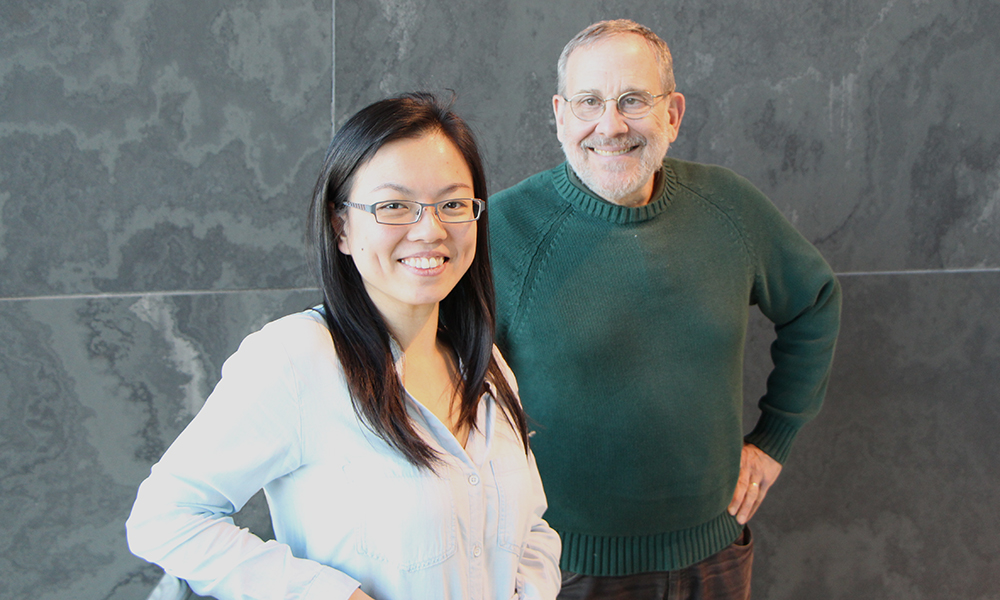Dendrites are the antennae of neurons, receiving synaptic signals from other neurons. A critical aspect of wiring up complex neural circuits is to make sure that dendrites are appropriately placed to receive synapses from the proper inputs. One general strategy, in both vertebrates and some invertebrates, is that axonal terminals and dendrites of particular neuronal types are restricted to narrow slabs, called laminae, within broad synaptic layers, thereby restricting the synaptic partners to which they have access. In fact, such laminar specificity is so widespread that it seems to be a main contributor to specificity generally.
Jin Lin, a graduate student in the Sanes lab, used the retina to explore aspects of dendritic restriction. In the retina, dendrites of the neurons that pass information to the brain, called retinal ganglion cells (RGCs), receive input from interneurons called amacrine and bipolar cells. The particular inputs each RGC type receives determine the visual features to which it responds. There are over 50 types of interneurons and nearly 50 types of RGCs, so matching them up correctly during development is a daunting task, and laminar specificity plays a prominent role in the process.
In a search for mechanisms that lead to specific wiring, the team found that the transcription factor Tbr1 is expressed in only four RGC types and is required for the expression of a group of cell surface molecules critical for laminar restriction. Tbr1 deletion degrades laminar restriction and disrupts the response of Tbr1 expressing RGCs to visual stimuli. Interestingly, two of these cell surface molecules, cadherin 8 and sorcs3, are present in only one of the four Tbr1-expressing RGC types, indicating that there must be other effectors in the other three. The picture emerging is that a single transcription factor controls similar dendritic patterning of several neuronal types, but recruits at least partially non-overlapping effects, presumably accounting for the fact that the dendrites of each RGC type have unique as well as shared features and inputs.
by Josh Sanes



